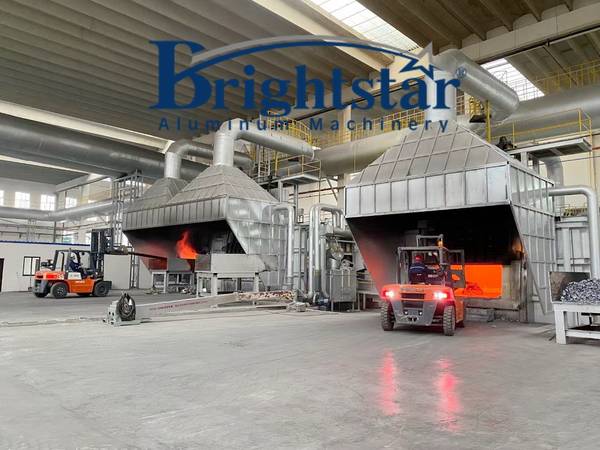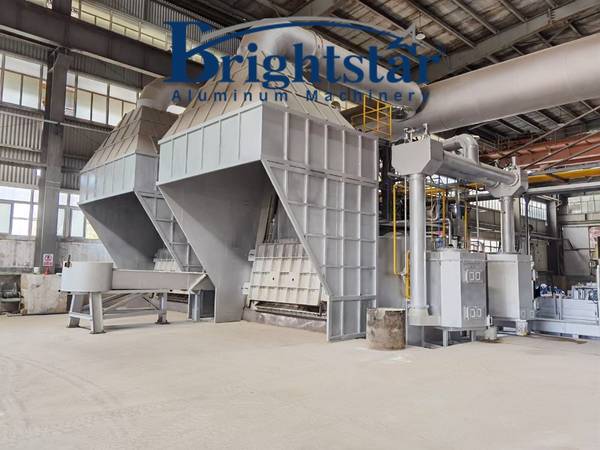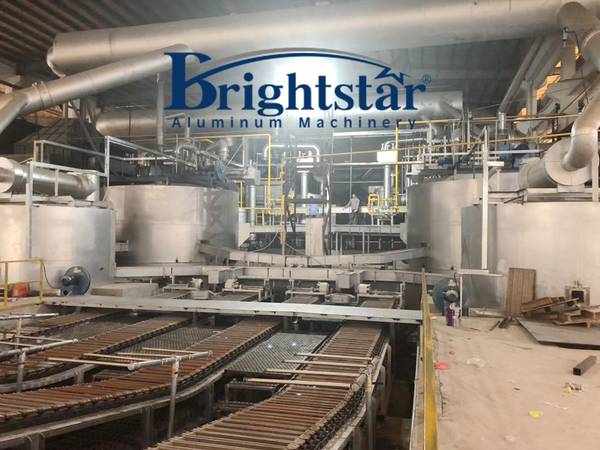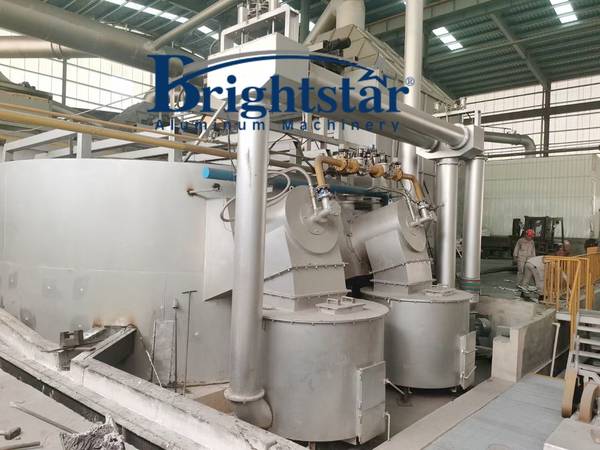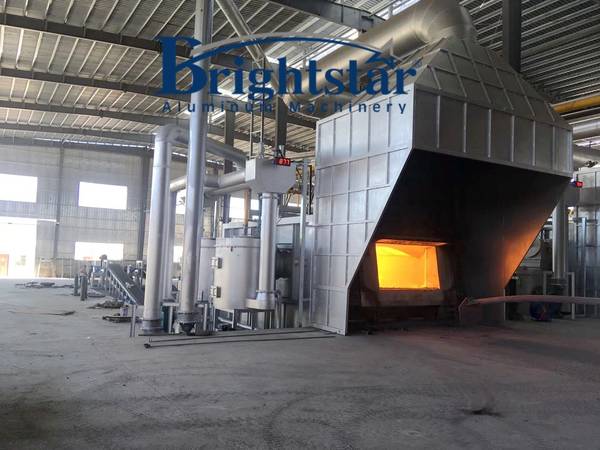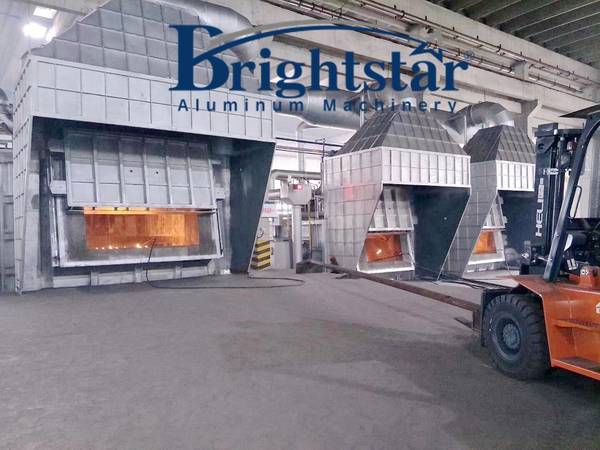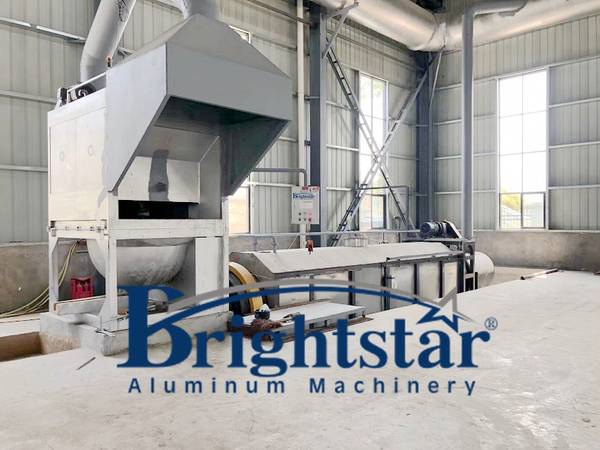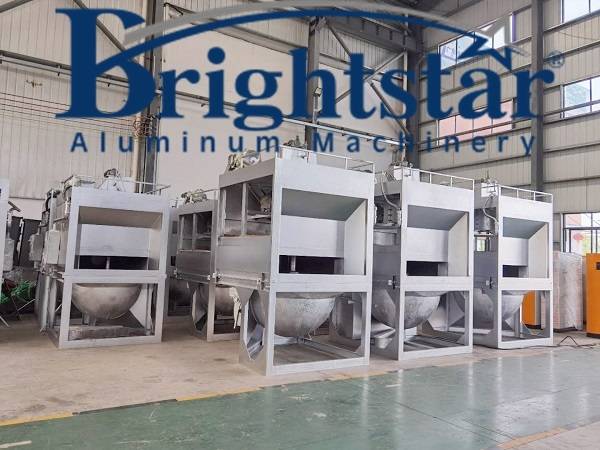เศษอลูมิเนียมหลอม และการหล่อหลอม
เศษอลูมิเนียมหลอมละลาย
เศษอลูมิเนียมหลอมและหลอมโลหะ, เตาหลอมเศษอลูมิเนียมกลมหรือสี่เหลี่ยม, เตาทั่วไปหรือเตาปฏิรูป, เตาหลอมอลูมิเนียม, เตาหลอมอลูมิเนียม, เตาเผาแบบหมุนเศษอลูมิเนียม, เครื่องจักรรีไซเคิลเศษอลูมิเนียม, เครื่องนี้สามารถแยกอลูมิเนียมและขยะในคราวเดียวและให้อัตราการรีไซเคิลที่สูงมาก, เตาหลอมอลูมิเนียมห้องคู่กระแสน้ำวนด้านข้าง.
ส่วนใหญ่ใช้สำหรับการหลอมและการกลั่นอลูมิเนียมรีไซเคิล (เช่น UBC, ชิ้นส่วนเครื่องยนต์, หม้อน้ำ, เศษเครื่องอลูมิเนียม, ค่าเสื่อมราคาอุปกรณ์)
ประสิทธิภาพสูง, การประหยัดพลังงาน, เป็นมิตรกับสิ่งแวดล้อม, อายุการใช้งานยาวนานขึ้นและบำรุงรักษาน้อยลง
โครงการแบบครบวงจรและข้อตกลงแพ็คเกจ!
โซลูชั่นครบวงจรและบริการแบบครบวงจร!
Aluminum scrap melting refers to the process of melting down scrap aluminum materials, such as aluminum cans, extrusions, or machining scraps, to produce molten aluminum.
This molten aluminum can then be used to manufacture new aluminum products through processes like casting, การอัดรีด, or rolling. Here are the features, advantages, and applications of aluminum scrap melting:
คุณสมบัติ:
Resource Efficiency: Aluminum scrap melting allows for the recycling of aluminum materials, reducing the need for virgin aluminum production from bauxite ore. Recycling aluminum consumes significantly less energy and resources compared to producing aluminum from raw materials.
ความเก่งกาจ: Various forms of aluminum scrap can be melted down, including scrap from industrial processes, used beverage cans (UBCs), automotive parts, and construction materials. This versatility makes aluminum scrap melting a widely applicable recycling method.
Energy Efficiency: Melting down aluminum scrap consumes less energy compared to primary aluminum production. The melting temperature of aluminum is relatively low, requiring less energy to melt compared to other metals like steel.
Reduced Environmental Impact: Recycling aluminum scrap reduces the environmental impact associated with mining bauxite ore and processing it into aluminum. It also reduces the amount of aluminum waste sent to landfills, contributing to waste reduction and environmental sustainability.
ข้อดี:
Cost Savings: Aluminum scrap melting can be more cost-effective than producing aluminum from primary sources. Recycling aluminum scrap reduces raw material costs, energy costs, and transportation costs associated with mining, กลั่น, and transporting virgin aluminum.
Conservation of Resources: Recycling aluminum scrap helps conserve natural resources such as bauxite ore and reduces the environmental impact of mining activities. It also conserves energy by requiring less energy to melt and process recycled aluminum compared to primary production.
Carbon Footprint Reduction: Aluminum recycling emits fewer greenhouse gases compared to primary aluminum production. By recycling aluminum scrap, manufacturers can reduce their carbon footprint and contribute to mitigating climate change.
การใช้งาน:
Manufacturing: Molten aluminum produced from scrap melting can be used to manufacture a wide range of aluminum products, including automotive parts, วัสดุก่อสร้าง, consumer goods, and packaging materials.
Foundry Operations: Molten aluminum from scrap melting is commonly used in foundry operations for casting aluminum components such as engine blocks, cylinder heads, and other automotive parts.
Extrusion and Rolling: Recycled aluminum can be extruded or rolled into various profiles and sheets for use in construction, transportation, electronics, และอุตสาหกรรมอื่นๆ.
โดยรวม, aluminum scrap melting offers numerous environmental, economic, and resource conservation benefits, making it an essential process in the aluminum recycling industry.


